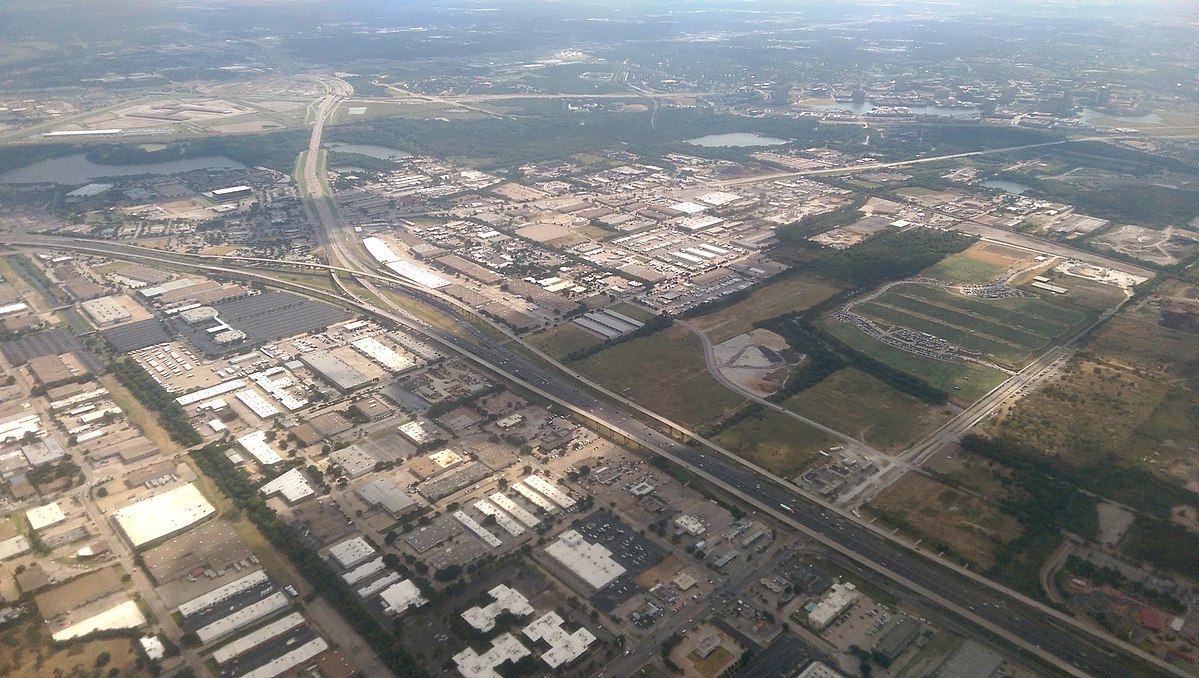Early history of Farmers Branch
Farmers Branch is a city in Dallas County, in the state of Texas. It is a part of the Dallas-Fort Worth and an inner suburb of Dallas.
Its history dates back in the early 19th century. It started with Mr. William Cochran, who was one of the recipients of the land grant in 1842. A year later, a community was established and was named Mustang Branch. However, to reflect the land’s rich and fertile soil and abundant farmland, Cochran later changed its name into Farmers Branch. Farmers Branch’s reputation from being one of the most well-known areas in the Dallas County during the 1840s because of its advertising not only in the United States but also in Europe, through an establishment called Texan Land and Emigration Company. This opened doors to immigrants to come and live in the area. Not soon after a blacksmith shop and gristmill was built, by a Baptist minister by the name of William Bowls. Around the same time the community built its first church, through the generous donation from a man named Isaac B. Webb; very soon after the church also built its own school.
Farmers Branch’s development still marching on
In 1848 Farmers Branch opened its first office, with Webb being also its first postmaster. It closed in 1866 but reopened in 1975. Another man named Samuel Gilbert, as well as other individuals, sold right-of-way through their land in 1874, for the construction of the railroads that would pass though the community. By 1890 Farmers Branch’s population numbered about 100. The community’s first brick school was built in 1916.
In 1946, residents voted to have Farmers Branch incorporated; the city’s first mayor was William F. “Bill” Dodson. Right after the city’s incorporation, further utility and transportation services came. By 1950, Farmers Branch’s population rose to 950. A home-rule charter was ratified that the city should adopt a council-manager form or government.
The rising and falling of the city’s population; its business and industries
From its slow population growth during the past decades, Farmers Branch’s population during the mid-20th century drastically swelled. In the 1950s, its population rapidly grew to 13,441, as shown in the 1960s census, with most of the residents working in nearby Dallas. By 1970, Farmers Branch’s number of residents continually ballooned to 27,000.
The city’s industry exponential grew and became varied, as industries of many kinds and levels such as food products, cosmetics, steel products, concrete, and asphalt, among others.
However, in the 1980s Farmers Branch’s population began to fall with 24,863 residents and in the 1990s it even went lower to 24,250. However, the declining population was justly compensated by the growing variety of businesses throughout the community. The city boasts some of the world’s big companies which establish their operations there, such as JP Morgan Chase. Most of these corporations’ operating branches have attained frontage along I-635, I-35E and the Dallas North Tollway.
Controversy regarding migration issues
Farmers Branch, was recently a subject of criticism and controversy regarding its immigration issues. In 2007, it became the first community in the United States to ban landlords from renting to most of the illegal aliens; violation of this ordinance would mean firing the landlords. The measure also included a provision which states that English should be the official language of the city. As a result, Farmers Branch was under fire for its “racist” views. This measure was initially declared unconstitutional by a federal judge.
After Farmer’s Branch’s seven-year battle to defend its ordinance, in May 2014 the Supreme Court finally declared it unconstitutional, and rejected the city’s ultimate appeal to implement its anti-immigrant ordinance.

